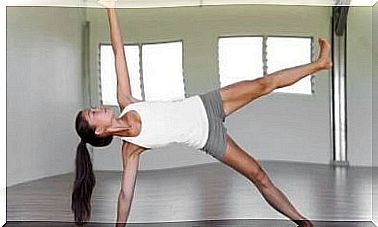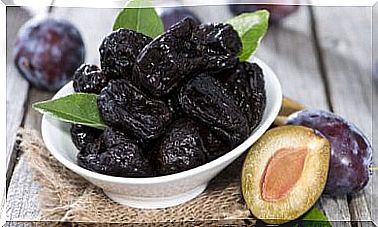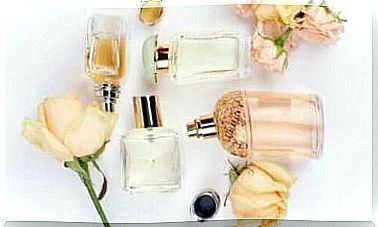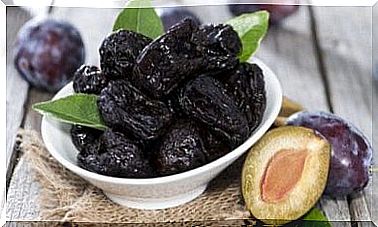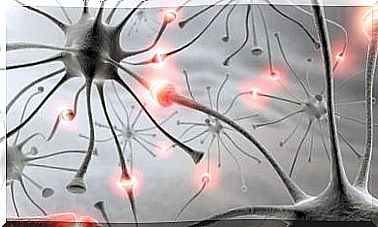Calluses On The Feet: The Best Alternatives To Remove Them
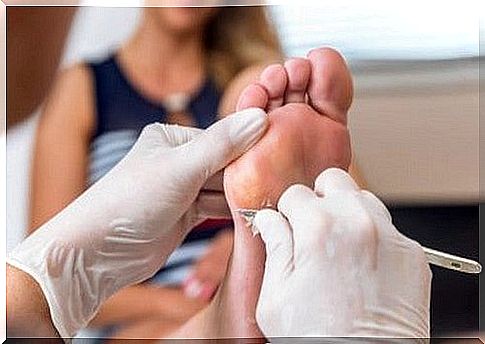
The calluses on feet are a common problem. Also known as calluses, they have different stages or stages of growth and the location can vary in each person.
In all cases, the cause of their appearance is the same: it is a defense mechanism of the skin in the face of continuous rubbing of the shoe or due to constant pressure in a certain point of the foot.
Initially it is a podiatry problem without major medical consequences. However, if it is not treated properly, over time, it can result in more or less intense pain that makes walking difficult. Diabetic people need to pay special attention to their feet to avoid infections or more serious complications due to calluses.
The streets at the foot are used to have a conical shape and above appear at the top of the fingers. On the other hand, calluses refer to a very wide and widespread presence, especially on the sole of the foot.
Causes
As we mentioned earlier, among the causes of calluses on the feet we find:
- Protection mechanism in case of friction and repeated compression.
- In people who suffer from hallux valgus, it is common for calluses to develop over the same due to the rubbing of shoes.
- Abnormal anatomy of the fingers and bony structures of the feet (hammer toe, hallux valgus).
- Use of shoes that are too tight or that exert too much friction in specific points of the foot.
- Biomechanical abnormalities that produce alterations when walking, causing excessive pressure increase in a specific area of the foot.
Symptoms

The main symptoms of calluses on the feet include:
- Appearance of a harder-than-normal skin surface anywhere on the foot.
- Soft lumps of skin between the toes.
- Pain when walking, when putting on shoes or difficulty in carrying out activities due to pain localized in some area of the foot.
Risk factors
Any condition or activity that can translate into increased friction and pressure can lead to the development of calluses in the feet.
That said, it can be concluded that corns can affect any person. However, there are specific risk factors that are worth considering:
- Alterations of the anatomy of the foot
- Abnormal walking
- Hallux valgus
- Inappropriate footwear for those activities in which excessive strain is placed on the feet
- Using tools or objects that exert too much pressure or rub in specific areas of the foot, such as in activities such as cycling or skating.
Natural remedies and other options for treating calluses on the feet
Pumice stone
The pumice stone, or corn file, is one of the best known and most used tools to remove small calluses in the comfort of your home. Nowadays there are a multitude of more modern versions of the well-known pumice stone.

However, the correct use is similar.
What do you need?
- Pumice stone
What to do?
- First, we need to soak our feet in hot water for about 15 to 20 minutes.
- Next, we rub the pumice stone in circular motions on the callus, from side to side. Every so often, we put our feet back in the water, to get rid of the remains of dead skin.
- We must continue the treatment until we notice that the surface of the skin is leveled.
Aspirin and lemon
Aspirins have been shown to have very positive effects in treating foot fungus and thickened skin that forms from constant pressure. They have a fat-soluble component known as beta-hydroxy acid, which is used by many companies in the manufacture of creams and exfoliating products.
Lemon is known for its antioxidant, purifying and disinfectant properties. It is ideal for treating calluses and reducing them considerably with constant treatment.
What do you need?
- 7 shredded aspirins
- The juice of 1 lemon
- 1 bandage
What to do?
- First we will put the 7 chopped aspirins in a small bowl, add the juice of 1 lemon and crush until a paste is obtained.
- We will apply it on the area that has calluses and we will bandage it.
- It is important to do this before going to sleep. If done continuously, the calluses will disappear slowly.
White vinegar
White vinegar is an element that we keep at home and that we can easily buy at the supermarket. It is not surprising that it can be used to remove corns as it has been used for a long time to relax feet and fight fungus.
What do you need?
- 2 tablespoons of white vinegar (30 ml)
What to do?
- Soak a cotton pad in the vinegar and rub it in a circular way on the area with the calluses.
- It is necessary to let it act for 2 hours and repeat this process until the calluses disappear.
